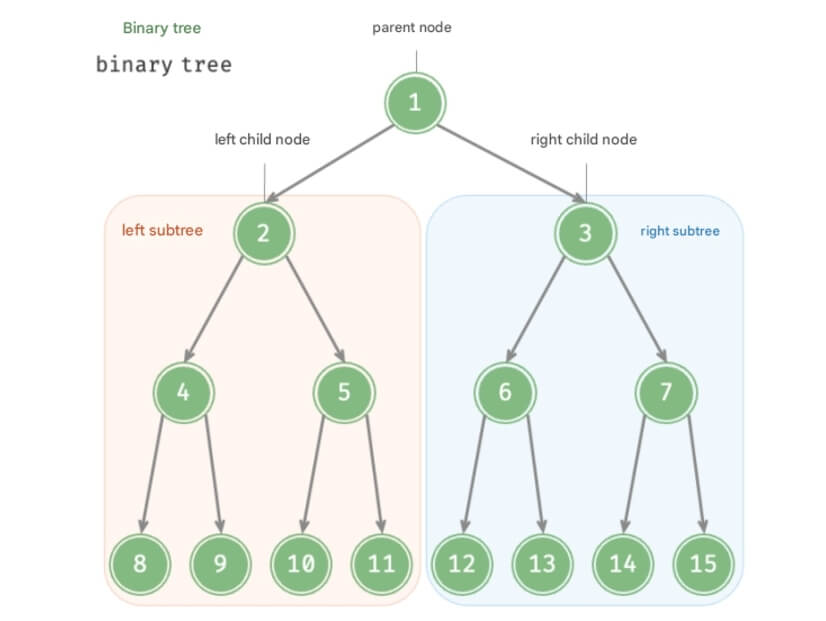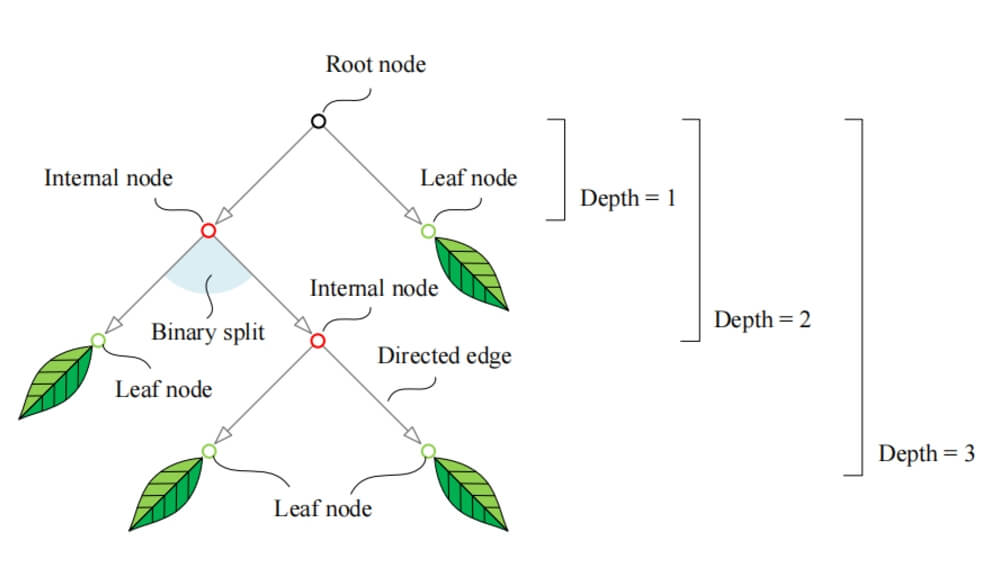Rust, known for its performance, safety, and concurrency, is an emerging language in the field of artificial intelligence (AI). While traditionally dominated by languages like Python and R, Rust's growing ecosystem of libraries and unique features make it an excellent choice for AI projects, especially those that require high performance and memory safety. This article explores how to use Rust for AI, including key libraries, use cases, and examples.
Why Use Rust in AI?
Before diving into the technical details, it's important to understand why Rust is gaining traction in the AI community:
Performance: Rust is as fast as C and C++ but offers modern conveniences, making it ideal for AI tasks requiring high performance, such as real-time inference, large-scale simulations, and deep learning model training.
Memory Safety: Rust’s ownership model ensures memory safety without a garbage collector, reducing the possibility of memory leaks and other errors, which are critical in AI applications.
Concurrency: Rust’s concurrency model allows safe and efficient multithreading, which is crucial for AI workloads that can be parallelized.
Ecosystem: While Rust’s AI ecosystem is still growing, it already offers a variety of libraries that support AI development, from basic numerical operations to complex neural networks.
Key AI Libraries in Rust
AI libraries in Rust are crucial for development. Here are some of the most important ones:
Candle:
Purpose: Candle is a lightweight tensor library designed for performance, providing a strong foundation for building AI models.
Use Case: Ideal for deep learning tasks such as training neural networks or running inferences.
Linfa:
Purpose: Linfa is a Rust machine learning framework that offers classical machine learning algorithms like clustering, regression, and classification.
Use Case: Use Linfa for tasks like K-means clustering, linear regression, etc.
SmartCore:
Purpose: SmartCore is a machine learning library that provides a comprehensive set of algorithms from basic to advanced.
Use Case: Useful for implementing AI algorithms such as decision trees, support vector machines, etc.
Rust NLP:
Purpose: Rust-NLP provides tools for tokenization, parsing, and other natural language processing (NLP) tasks.
Use Case: Ideal for processing and analyzing text data.
Tch-rs:
Purpose: Rust bindings to PyTorch, Tch-rs allows you to use PyTorch’s ecosystem from Rust.
Use Case: If you want to leverage the PyTorch model zoo or transition from Python-based AI development to Rust, use Tch-rs.
HF-Hub:
Purpose: HF-Hub allows integration with Hugging Face’s model repository, giving easy access to pre-trained models.
Use Case: Use it to load models like DistilBERT or GPT-2 for NLP tasks.
Getting Started: A Simple Rust AI Project
Let’s create a basic AI project in Rust. We’ll build a simple document clustering tool using Linfa and Candle.
Step 1: Set Up the Project
First, create a new Rust project:
cargo new rust_ai_example
In the Cargo.toml, add the necessary dependencies:
[dependencies] candle-core = "0.6.0" linfa = "0.7.0" linfa-clustering = "0.7.0" ndarray = "0.16"
Step 2: Implement Document Clustering
In this example, we will use K-means to cluster text documents:
use linfa_clustering::KMeans;
use ndarray::Array2;
fn main() {
// Sample text data
let documents = vec![
"Rust is a systems programming language.",
"Python is popular for AI.",
"Rust provides memory safety.",
"AI is transforming industries.",
];
// Convert documents to feature vectors (for simplicity, we use word length as a feature)
let features: Vec<Vec<f32>> = documents
.iter()
.map(|doc| vec![doc.len() as f32])
.collect();
// Convert to ndarray
let feature_matrix = Array2::from_shape_vec((features.len(), 1), features.concat())
.expect("Failed to create feature matrix");
// Perform K-means clustering
let num_clusters = 2;
let model = KMeans::params(num_clusters).fit(&feature_matrix).expect("KMeans fit failed");
let clusters = model.predict(&feature_matrix);
// Output the results
for (doc, cluster) in documents.iter().zip(clusters.iter()) {
println!("Document: '{}' belongs to cluster {}", doc, cluster);
}
}The output assigns each document to a cluster based on its length, demonstrating a simple clustering method.
Advanced Topics
Once you’ve mastered the basics, you can explore more advanced topics such as:
Deep Learning: Implement deep learning models using Candle or Tch-rs, leveraging GPU acceleration for training and inference.
Natural Language Processing: Use Rust NLP libraries for text preprocessing and integrate pre-trained models from Hugging Face using HF-Hub.
Multithreading and Concurrency: Optimize your AI models using Rust's concurrency primitives, making them run efficiently on multiple threads.
Deploying AI Models: Deploy AI models in production using Rust’s robust web frameworks (such as Actix or Rocket), which offer high performance and security.
Challenges
While Rust offers many advantages, there are also challenges:
Ecosystem Maturity: Rust’s AI ecosystem is still evolving, so some tools and libraries may lack the maturity of their Python counterparts.
Learning Curve: Rust’s strict compiler and ownership model can be challenging for beginners, especially those coming from dynamic languages.
Interfacing with Python: If you need to use established Python AI libraries, you may need to interface between Rust and Python using FFI (Foreign Function Interface) or PyO3, adding complexity.
Conclusion
Rust is a powerful language for AI, offering performance, safety, and concurrency. While it may not yet have the vast AI libraries of Python, it is a strong choice for AI projects where performance and reliability are critical. By leveraging Rust’s growing AI library ecosystem, you can build high-performance, secure, and scalable AI applications. Whether clustering documents, training deep learning models, or deploying AI in production, Rust provides the tools and performance you need.






